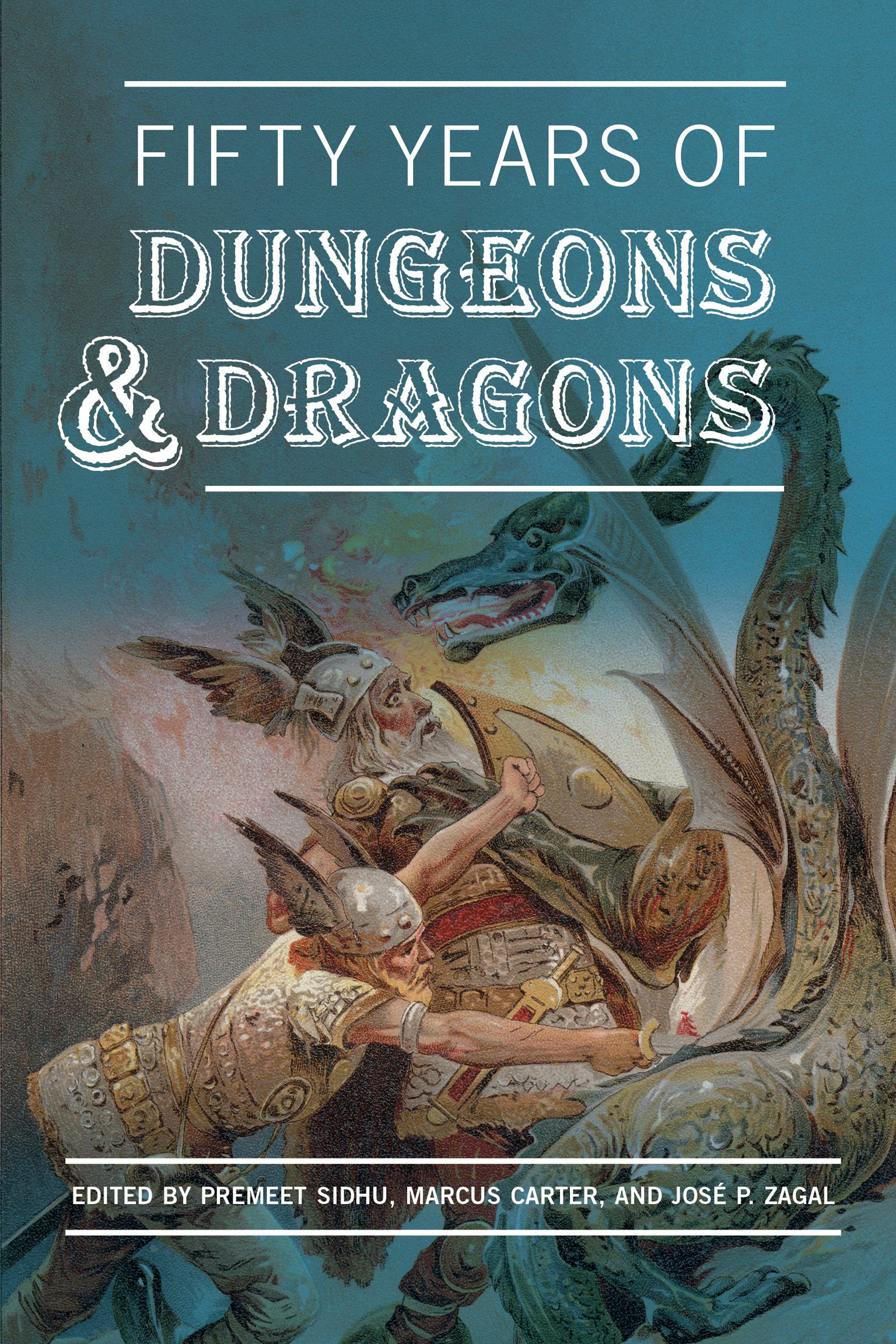Get the Rule Book on BoardGameGeek.com
 |
| Star Trek: The Invasion of Klingon Empire (Tsukuda Hobby, 1982) |
Scott Muldoon and I have completed our English translation of the rules for Star Trek: The Invasion of Klingon Empire (スタートレック:クリンゴン帝国の侵略) and posted the new rule book on BoardGameGeek.com. The document also includes a translation of a later article about the game with variant rules for the Romulan Star Empire*.
Get it here (may require site registration): https://boardgamegeek.com/filepage/291961/star-trek-the-invasion-of-klingon-empire-english-r
What is The Invasion of Klingon Empire?
"The Invasion of [the] Klingon Empire" appears to be taken from the Japanese title of the TOS episode "Errand of Mercy" (S1 E27). In that episode, the Enterprise defends the planet Organia from an invasion by Klingons, but the Organians don't need or want the Federation's help. By the end of the episode, the Federation and Klingon Empire are held to a peace treaty, brokered and enforced by the super-powerful Organians.
 |
| Photo by Sigplayer (source) |
The Federation and Klingon players strike out from their home regions, racing across the galaxy to capture and hold various star systems. Each faction constructs starbases, base stations, and factories at these systems to build and maintain its fleet of starships in an all-out war with the other faction. The Federation has lost survey data for many of the deep-space locations far from Earth and must map out known space with three explorer vessels: USS Lexington, USS Constitution, and USS Enterprise.
 |
| Battle board, Photo by Hayaru (source) |
When friendly and enemy units move into the same hex at the same time, a battle occurs. The battling units all move to a separate battle board where they are lined up in different battle lanes, either in forward or rearward position. There is also a secondary line where defense satellites and starbases are played into battle. The battle board allows for tactical maneuvers, jockeying into a preferred weapon range, breaking through enemy defenses to attack the secondary line, or withdrawing from combat altogether.
 |
| Photo by Hayaru (source) |
Who still plays this game?
I have found a few recent blog posts from gamers who played this game in recent years. I do not own an original copy of the game (this was a joint effort to translate) and have cited photos from these blogs for illustrative purposes only.
Sigplayer (a.k.a. Michael): https://slgplayer.exblog.jp/27265273/
Who made this game?
Game design credit goes to Toru Nakajima (中島徹) and Tadatoshi Ishii (石井忠俊) of the Keio HQ Simulation Game Club of Keio University in Tokyo. They completed the game's design in October 1982*** and Tsukuda published it soon thereafter. The designers wanted to make sure that the game didn't look or play like a similar game in the USA***** (probably Star Fleet Battles). I don't know if these two designed any other published games.
When the simulation game boom started in Japan in the early 1980s, the most experienced wargame designers were amateur fans printing small runs of games in loose small press groups called dōjin circles. Several dōjin circles were formed in university game clubs, like Keio's HQ Club.
 |
| A recent sign inviting new Keio University students to join the HQ Simulation Club (source) |
The Keio HQ Simulation Game Club still exists today as the Head Quarter Simulation Club at Keio University in Tokyo. The club still designs games, often crediting the entire club rather than individual designers for the work. You can follow the club's activities on Twitter.
Tsukuda's other Star Trek Board Game
 |
| Star Trek II: The Wrath of Khan (Tsukuda Hobby, 1983) |
Tsukuda's Star Trek RPG: Enterprise
 |
| Enterprise (Tsukuda Hobby, 1983) |
Tsukuda Hobby's main interest in the Keio HQ Simulation Club is to enlist the club's talents to create role-playing games****. Keio HQ member Yutaka Tama (多摩 豊) wrote the pioneering Enterprise: Role Play Game in Star Trek, published in a big box with a rule book, scenario book, dice, and full-color character cards. As far as I can tell, this was the first standalone role-playing game designed and published in Japan for a domestic audience*******. "Lone Star" Sakatani served as advisor on this game as well.
Tama mentioned The Invasion of Klingon Empire as "Mr. Nakajima's Star Trek" in his "Designer's Notes" section of the Enterprise rule book. He laments that the game loses the charm of Star Trek as, being a strategy game, the focus is on the ships and the galaxy instead of the characters.You can read Robert Saint John's translation of the Tama's Designer's Notes here: https://groknard.blogspot.com/2009/02/enterprise-rpg-tama-yutakas-designers.html
Tsukuda's oversized miniatures
 |
| Star Trek Miniature Series 1: Dreadnought and Heavy Cruiser (Tsukuda Hobby, 1984) |
* Published in Yoshifumi "Lone Star" Sakatani's article "Star Trek Designer's Comments," Tactics, No. 7, January 1983.
**** As seen in "Interview: Tsukuda Hobby's Masaaki Suzuki," Simulator, No. 3, March 1983, 15-16.










